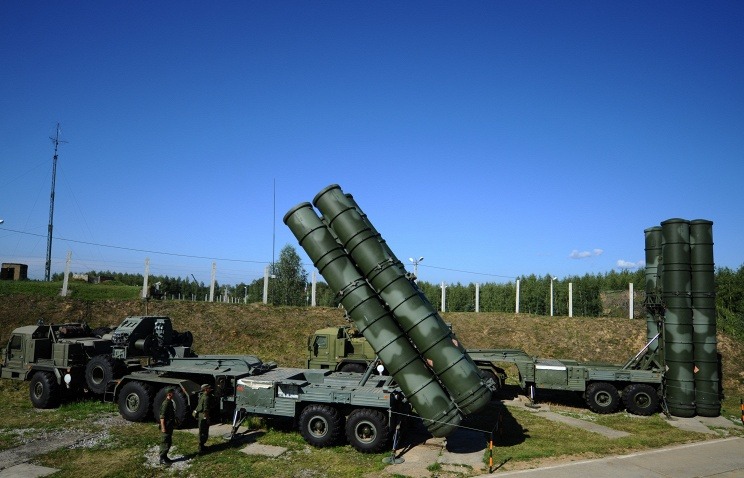In an age when stealth is the game-changing capability everyone aspires to achieve, Russia’s top-of-the-line air defense systems, the S-400 and the S-500, will receive an upgrade that will allow them to hide from enemy satellites, spy planes and radars, Izvestiya newspaper reported, citing an anonymous source in the Russian Defense Ministry.

“We plan to receive containers designed for the S-500 and other cutting-edge air- and missile-defense systems among other things this year,” the source, who is involved in creating electronic warfare systems, said.

“Some of the containers will only have room for the equipment, while others will be able to house personnel,” the source detailed.
Defense officials in Russia place particular emphasis on stealth because other countries have drastically improved their surveillance capabilities in the last two decades.
“The Pentagon has been actively developing reconnaissance systems that are capable of detecting so-called side electromagnetic interference (EMI) since early 1990s. They have land-based and aerial surveillance equipment, but spy satellites are considered to be the most efficient,” the source explained.
Side EMI is produced by any functioning electronic equipment whenever it is on, from lightbulbs to major radar facilities, defense analyst Dmitry Kornev told Izvestiya. Once intercepted, the side EMI will give away the location, the type of the equipment and possibly its purpose.
The United States operates the so-called Mentor, also known as Orion or Advanced Orion, spy satellites that collect radio emissions (signals intelligence or SIGINT) from geostationary orbits during their highly classified missions. Since 1995, the US National Reconnaissance Office (NRO) has launched at least five reconnaissance satellites of this type into space. They are equipped with large radio reflecting dishes believed to be approximately 100 meters in diameter.
In addition, the Lockheed U-2 reconnaissance aircraft is outfitted with a SIGINT Senior Glass system. The suite was first tested in 1991 during Operation Desert Storm.
Russia’s new containers have special coating and equipment that prevents side EMI from escaping outside.
There is an additional bonus to using the new “invisibility cloaks” for Russia’s high-end hardware.
“Electronic equipment from complex communications systems and radar stations interferes with hardware located nearby and has adverse health effects. We have to position the equipment in a way that takes potential conflicts into account, but this is not always possible,” the source detailed. “New containers will make this task easier.”
No comments:
Post a Comment